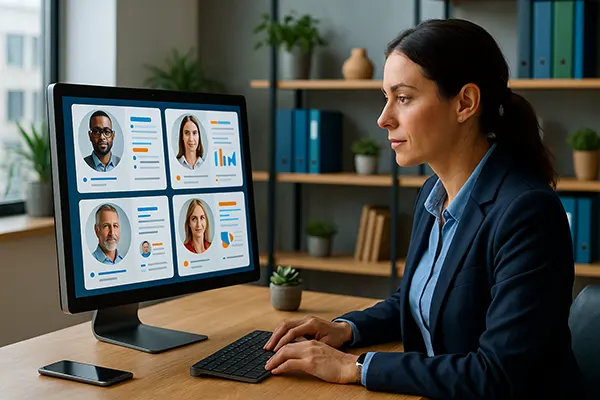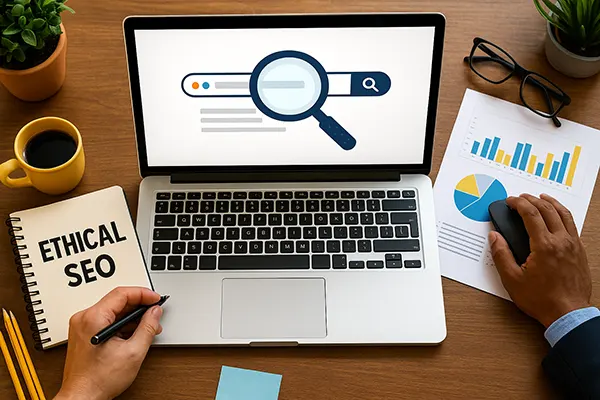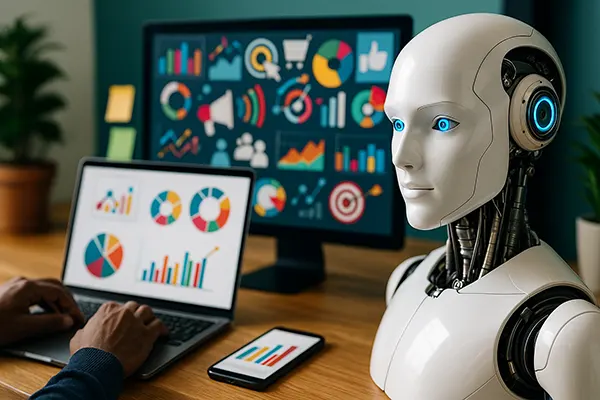
Microsegmentation in B2B Marketing in 2025
In 2025, B2B marketing is entering a phase where precision targeting is not just a competitive advantage but a necessity. With the growing complexity of buyer journeys, businesses can no longer rely solely on broad audience categories. Microsegmentation – the practice of dividing audiences into extremely specific, data-driven segments – allows marketing teams to deliver messages, offers, and solutions tailored to unique needs. This approach leverages advanced analytics, AI-powered insights, and behavioural data to ensure each segment receives relevant communication that drives engagement and conversion rates.
Understanding Microsegmentation in Modern B2B Marketing
Microsegmentation in B2B is an advanced form of audience segmentation where customer groups are divided based on highly specific attributes such as industry niche, job function, decision-making influence, purchasing history, and even technology usage patterns. This depth of insight helps marketers craft highly targeted campaigns that resonate with the pain points and priorities of each micro-audience. In 2025, the use of machine learning and predictive analytics makes these segments even more dynamic and adaptable to real-time data.
Unlike traditional segmentation, which may only separate audiences by company size or location, microsegmentation focuses on understanding the unique challenges and motivations of each sub-group. For example, instead of targeting “manufacturing companies,” a microsegmented campaign might target “procurement managers in medium-sized automotive manufacturing firms adopting Industry 4.0 technologies.” This specificity not only increases message relevance but also improves the efficiency of marketing spend.
The success of microsegmentation lies in the quality and depth of data collected. In 2025, marketers have access to integrated CRM, intent data platforms, and AI-driven analytics tools that can process millions of data points in seconds. This technological capability ensures that segments remain up to date, reflecting current market behaviour and emerging trends.
Benefits of Implementing Microsegmentation in B2B Strategies
One of the most significant benefits is the ability to improve lead quality. By identifying and targeting prospects who closely match a company’s ideal customer profile, marketing teams reduce wasted effort and enhance the likelihood of conversion. In 2025, this leads to a more streamlined sales pipeline and shorter sales cycles.
Another advantage is increased customer retention. By delivering highly relevant content and solutions tailored to specific needs, businesses can strengthen client relationships and improve loyalty. This is particularly important in B2B markets, where customer lifetime value is often far greater than in B2C sectors. Tailored engagement helps build trust and positions the business as a long-term partner rather than just a supplier.
Finally, microsegmentation enables more effective cross-selling and upselling. With detailed knowledge of customer behaviour and preferences, marketers can introduce additional products or services at the right time and in the right context, maximising revenue opportunities without appearing intrusive.
Key Technologies Powering Microsegmentation in 2025
The technological foundation of microsegmentation in 2025 is built on AI, big data analytics, and automation. Artificial intelligence not only processes vast amounts of data but also detects subtle patterns that human analysts might miss. This includes identifying emerging micro-trends within specific industries and predicting future buying behaviour based on historical data.
Big data analytics platforms integrate information from multiple sources, including CRM systems, social media interactions, website analytics, and third-party intent data providers. This creates a unified customer view that is essential for accurate microsegmentation. With real-time processing, these insights are continuously updated, ensuring that marketing strategies stay relevant.
Automation plays a crucial role by enabling marketers to scale personalised communications. From dynamic email campaigns to personalised landing pages and account-based advertising, automation ensures that each microsegment receives tailored content without overwhelming the marketing team with manual tasks.
Examples of Technology-Driven Microsegmentation
In the IT services sector, companies use AI-driven predictive models to identify clients likely to require cybersecurity upgrades within the next six months. These clients then receive targeted content and service offers relevant to their upcoming needs.
In the SaaS industry, marketing platforms segment customers not only by company size but also by feature adoption rates. Low-adoption segments receive targeted onboarding campaigns, while high-adoption segments are offered advanced feature packages or premium support options.
Manufacturing suppliers leverage IoT data to segment customers based on machinery usage patterns. This allows them to deliver proactive maintenance offers and replacement part promotions exactly when clients are most likely to need them.

Challenges and Best Practices for Effective Microsegmentation
While microsegmentation offers significant benefits, it also presents challenges, particularly around data privacy and compliance. With regulations like GDPR and evolving regional privacy laws, B2B marketers must ensure that data collection and usage meet legal and ethical standards. Transparent communication with clients about data use is essential for maintaining trust.
Another challenge is avoiding over-segmentation. Splitting audiences into too many niche groups can lead to diluted messaging and increased operational complexity. Best practice in 2025 involves balancing granularity with manageability, ensuring each segment is large enough to warrant targeted campaigns without losing personalisation.
Finally, sustaining the accuracy of microsegments requires continuous monitoring and adjustment. Markets evolve rapidly, and customer needs change over time. Successful B2B marketers in 2025 implement ongoing data reviews, integrate feedback loops from sales teams, and adjust segments based on performance metrics.
Best Practices for Long-Term Success
Invest in high-quality data sources and maintain a clean, integrated CRM to ensure segmentation accuracy. Data quality directly impacts the effectiveness of microsegmentation strategies.
Align marketing and sales teams so that insights from both sides inform segmentation criteria. Collaboration ensures that the segments reflect real-world customer behaviour and sales potential.
Test and refine campaigns continuously. A/B testing for microsegments allows marketers to identify the most effective messages, channels, and offers for each group, leading to constant performance improvement.




